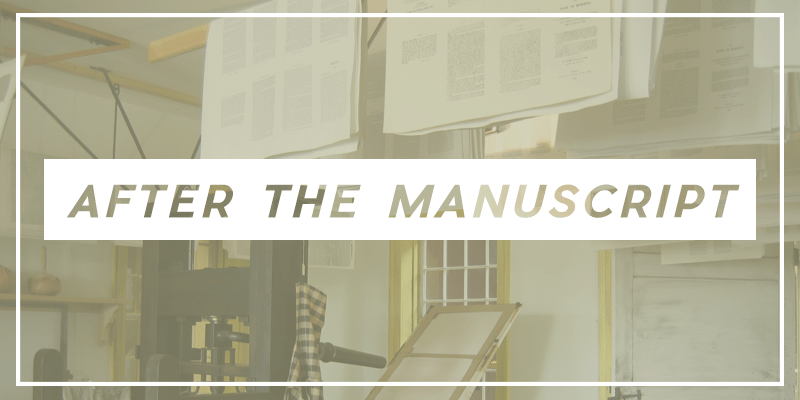By Bethany Brown
One of the areas where indie presses and self-published authors struggle the most is figuring out their back-end fulfillment and distribution strategy. In short, once the book is complete, where and how will the publisher make it available?
In years past, options were limited but clear: Set up direct accounts with major wholesalers and retailers or work with a distributor or fulfillment house.
Things have changed.
Mid-sized presses still can set up direct accounts with wholesalers and retailers. Smaller presses can still work with a distribution or fulfillment house. But Print on Demand (POD) has opened a whole host of additional options for small presses to consider.
Regardless of what approach works for you, here’s a quick look at the three most common bring-to-market options for authors and small presses.
Fulfillment
A fulfillment house has the capabilities to handle all of your back-end requests. This includes all of your warehousing, fulfillment, shipping, returns, billing, and collections. They also ensure that your information is sent out to all of the major wholesalers and retailers nation and/or worldwide. Your book is likely to be LISTED as available to all major wholesalers and retailers. A fulfillment house will take a (lower) percentage of net sales and returns and, frequently, a warehousing fee.
When working with a fulfillment house you will be expected to provide inventory and send an agreed-upon quantity of print books to their warehouse. Budget accordingly for up-front printing and shipping costs.
Traditional Distribution
A traditional distribution company does all of the same back-end pieces as a fulfillment house. However, a distributor also has a sales force that will actively pitch your book to retailers. This may include some, or all, of the following: national bookstore chains, wholesalers, independent bookstores, the mass market, and specialty markets. Because they are actively selling the book, distributors are paid a (higher) percentage of sales, a (higher) percentage of returns and often a warehousing fee.
When working with a distributor, you will be expected to provide inventory and send an agreed upon quantity of print books to their warehouse. Budget accordingly for up-front printing and shipping costs.
Print on Demand
POD has exploded as a low (up-front) cost alternative to traditional distribution or fulfillment. Traditional publishers have started to use POD as an inventory management tool for slower selling titles. Amazon (CreateSpace) and Ingram (IngramSpark/LightningSource) have made it super simple for publishers and authors to make their books available to online and brick and mortar retailers nationwide. Barnes and Noble has also entered the POD arena at NookPress with a print option now available.
POD has opened the door to indie authors and small publishers to go direct to Amazon and/or Ingram. Publishers now have the capabilities to set discounts, manage pricing, set books up for pre-order, and maximize both the availability and profitability of their titles across multiple POD platforms.
While per-unit print prices are (sometimes significantly) higher than when printing hundreds or thousands of books at a digital or offset printer, the low up-front costs and the (very) low risk make
POD incredibly appealing.
Quick reminder: A POD model is very similar to a fulfillment model, minus the warehousing. Your billing, collections, and shipping are covered, but the author or publisher is responsible for sales and marketing.
Research, Research, Research…
There is no “one size fits all” approach to book publishing. This includes sales and distribution. Prior to making a decision on your bring to market strategy, explore all three options in depth. Consider your end product (hardcover, paperback, color, black and white, specialty, jacketed, gift, coffee table book, trim size, paper, etc.). Talk to some book distributors and fulfillment houses. Run the numbers at the different POD options. Understand what things costs, what you will get, and how it will affect your ability to reach both retailers and consumers.
Research. Research. Research. Your end product and your goals will help you make smart choices on what works best for your book and your program.

BETHANY BROWN is the President of The Cadence Group, a design, editorial, marketing and book coaching provider to the publishing industry. With a background in traditional publishing by way of Adams Media and Sourcebooks and close to a decade of working directly with authors and small presses, Bethany understands the challenges (and benefits!) facing self-publishers and indie presses today. She lives just outside of Chicago with her husband Steve and her dog Popeye.

